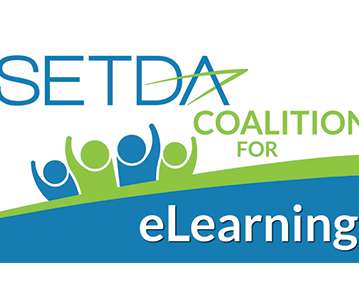9 Great Nonprofits to Support School Leaders
Tom Murray
FEBRUARY 4, 2017
The Alliance focuses on America’s six million most at-risk secondary school students—those in the lowest achievement quartile—who are most likely to leave school without a diploma or to graduate unprepared for a productive future. The Alliance also has run Digital Learning Day for the past five years. extra-state jurisdictions.


















Let's personalize your content